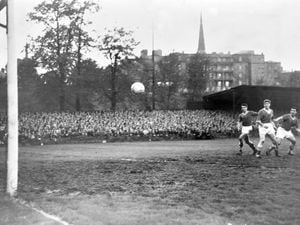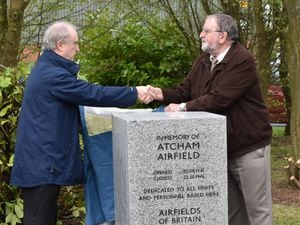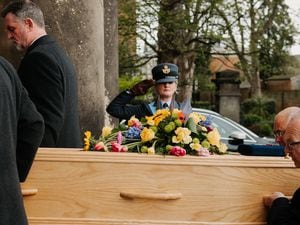The runaway rumours of priest who 'spied for the Nazis'
A Shropshire aviation historian is trying to unravel what he has dubbed the "Scampton Mystery" involving a parish priest allegedly spying on goings-on at a nearby RAF base which later became home of the famous Dambusters.
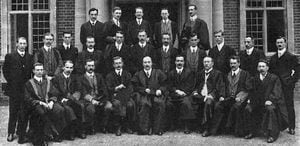
According to lurid rumour, an RAF officer – later charged with treason and executed – was in league with the village rector who had a wireless transmitter in the steeple of his church to send messages to the Germans.
Rob Davis from Telford says he has managed to establish that the stories are 80 per cent folklore, but that when he began his researches some people were reluctant to speak, and he has since had trouble accessing records.
"The research started about 30 years ago and all the contributors are sadly deceased now," said Rob.
"I never got to the bottom of it."
Central to the story is Father Harold Eustace Bertram Nye, who became rector of Scampton, a village near Lincoln, in 1924.
Nye was a supporter of Oswald Mosley's Blackshirts – the British Union of Fascists.
"Father Nye's parishioners, perhaps with village clannishness, looked upon him as a harmless political eccentric. His political leanings were not taken seriously in the parish until after the outbreak of war."
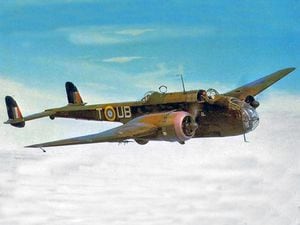
Just a few hundred yards away from the Rectory was Scampton airfield, home early in the war to two squadrons of Hampden bombers, and long after the affair to the famous 617 Dambusters squadron.
Among the intelligence staff was a Squadron Leader John Wallace Thomson, a well-known BUF member.
Rob says he does not know whether he and fellow Fascist Nye met, but he thinks it likely.
As the risk of invasion dramatically increased with the fall of France in 1940, the authorities acted, clamping down on the BUF.
"In the first days of July 1940, the newly-formed Scampton Local Defence Volunteers – at the end of July, to be renamed the Home Guard – were called out by more men in plain clothes.
"The corporal in charge of the LDV unit was instructed to escort the plain clothes men to the Rectory, where his platoon was present when Father Nye was arrested.
"Nye, branded guilty without trial, was sent to several internment camps, ending up at Peel Camp in the Isle of Man. For a man of his nature, a scholarly ecclesiastical gentleman, it must all have been a terrific shock.
"The Secret Service pounced on Thomson, but what happened to him is less clear."
He was court martialled and instead of being executed, as local legend would have it, he was interned.
Rob went to Scampton years ago to see if anyone could flesh out details of the story, and found people clammed up when he asked about it.
From a list of church incumbents he saw that Nye returned to Scampton in mid-1941, although he was released from internment in August 1940.
One former LDV corporal who had been present at Nye's arrest said they had been asked to keep watch on the house on suspicion of the rector signalling.
Turning to Thomson, Rob found that some documents were mysteriously unavailable. However, he managed to find that he had been released in 1941 after an appeal.
Rob adds: "I am quite satisfied that the story of the rector and the Squadron Leader being in league and passing secrets to the enemy is pure fiction, and runaway local legend. All the evidence I have unearthed points towards a scaremongering effect and general public and governmental feelings against the BUF, with many innocuous political eccentrics caught in the furore of those days when England stood alone against Nazi oppression.
"Even today, the aftermath lingers. I am still trying to find the official court martial records at Kew.
"I doubt that we will ever know the full facts of the Scampton Mystery, and I welcome any further information."


